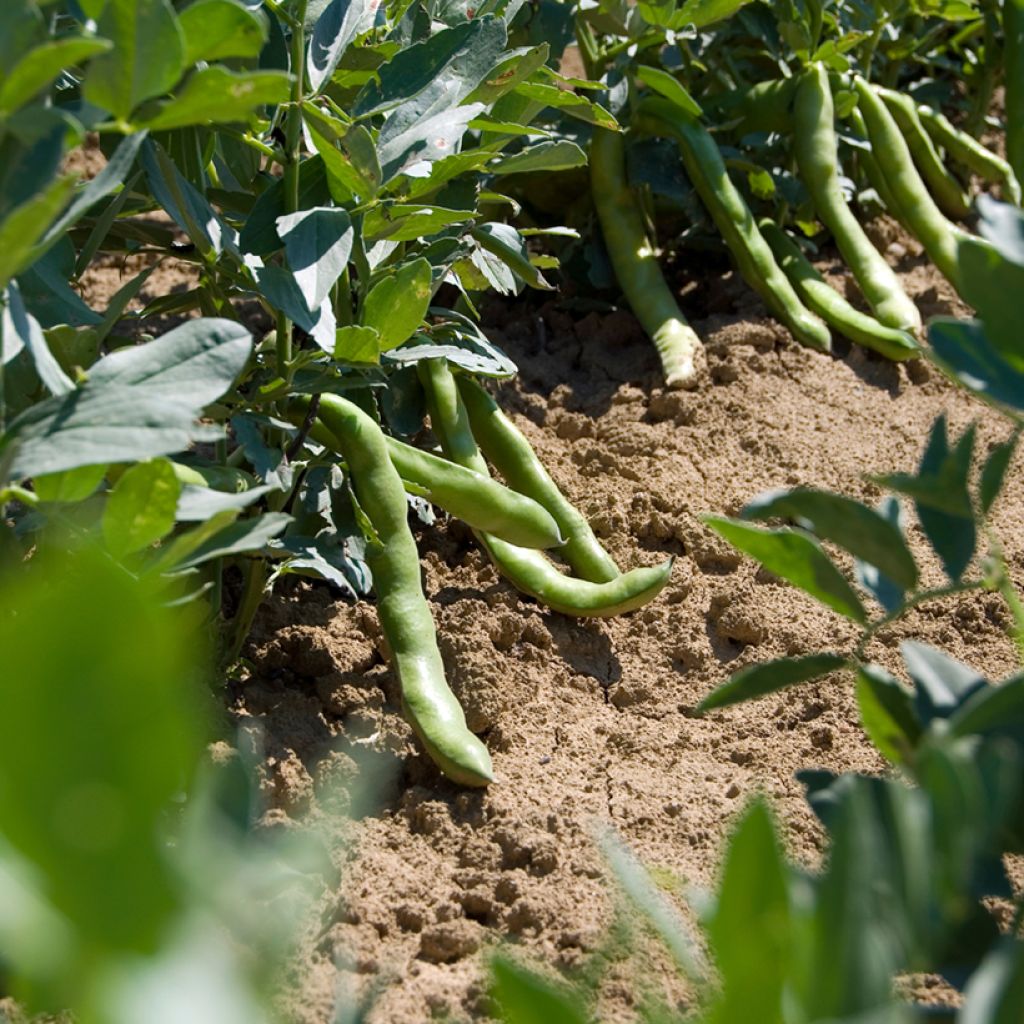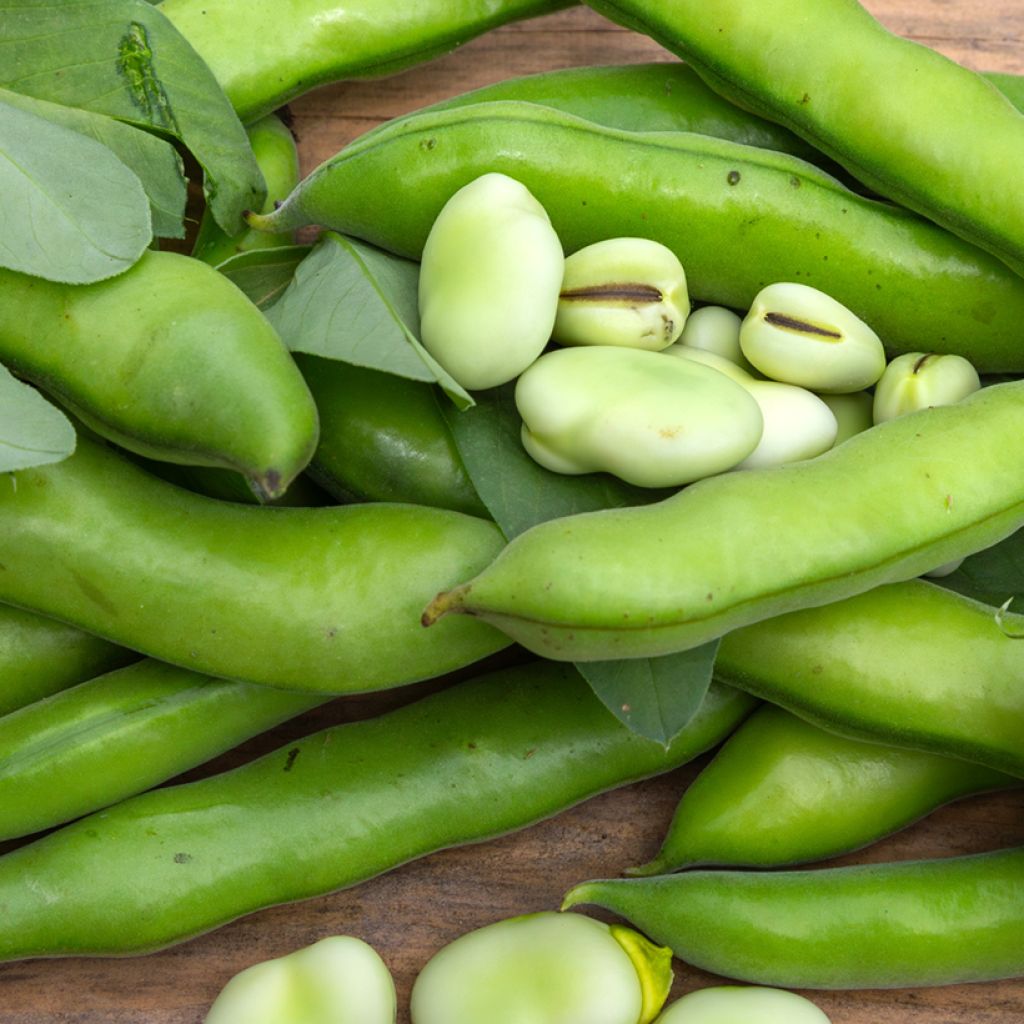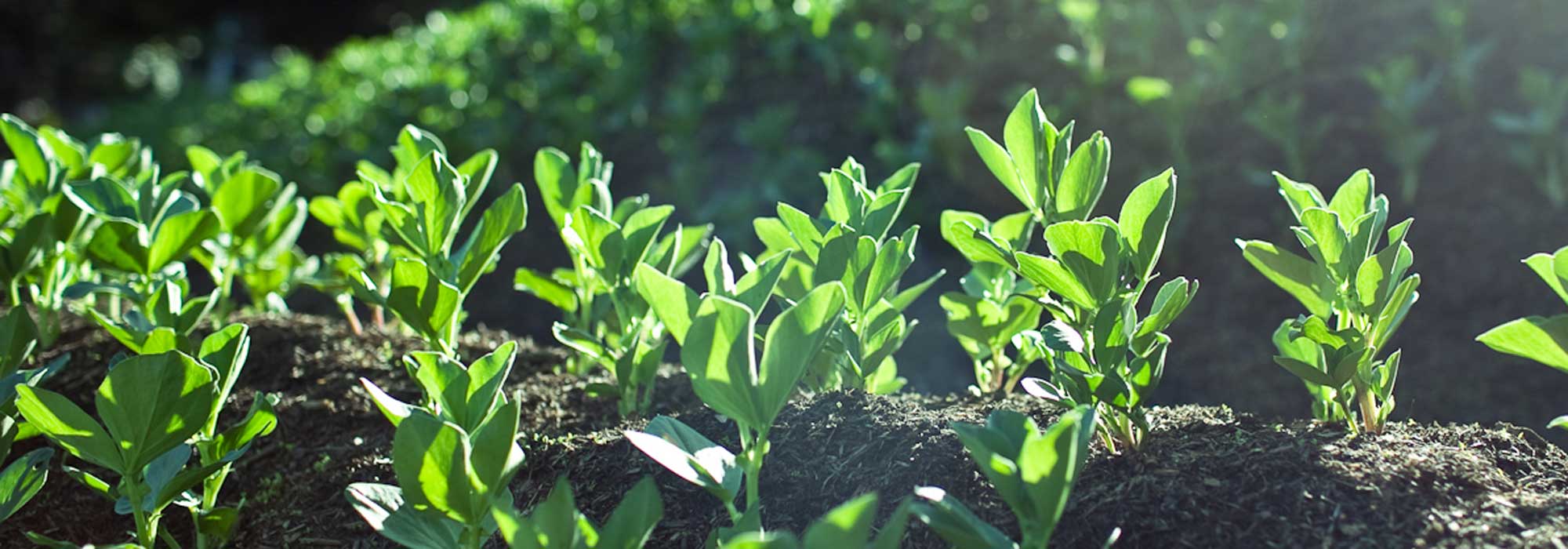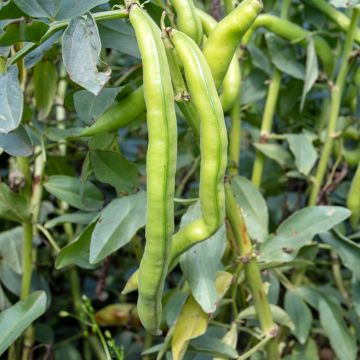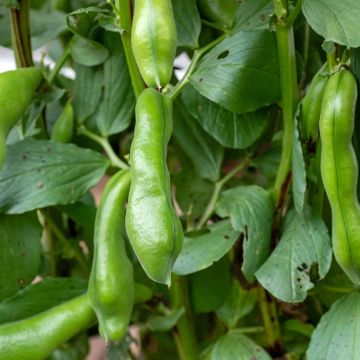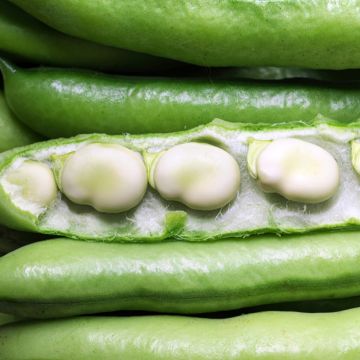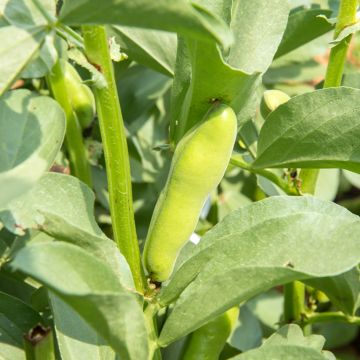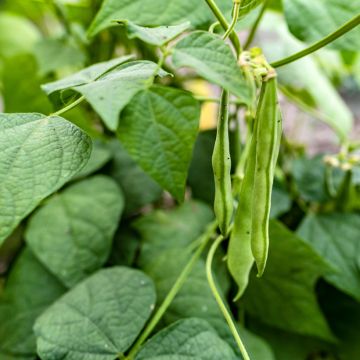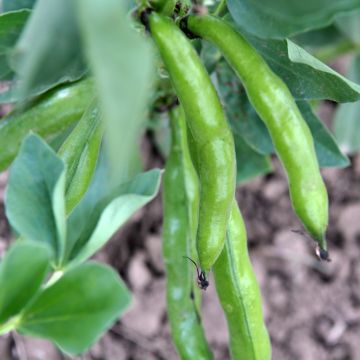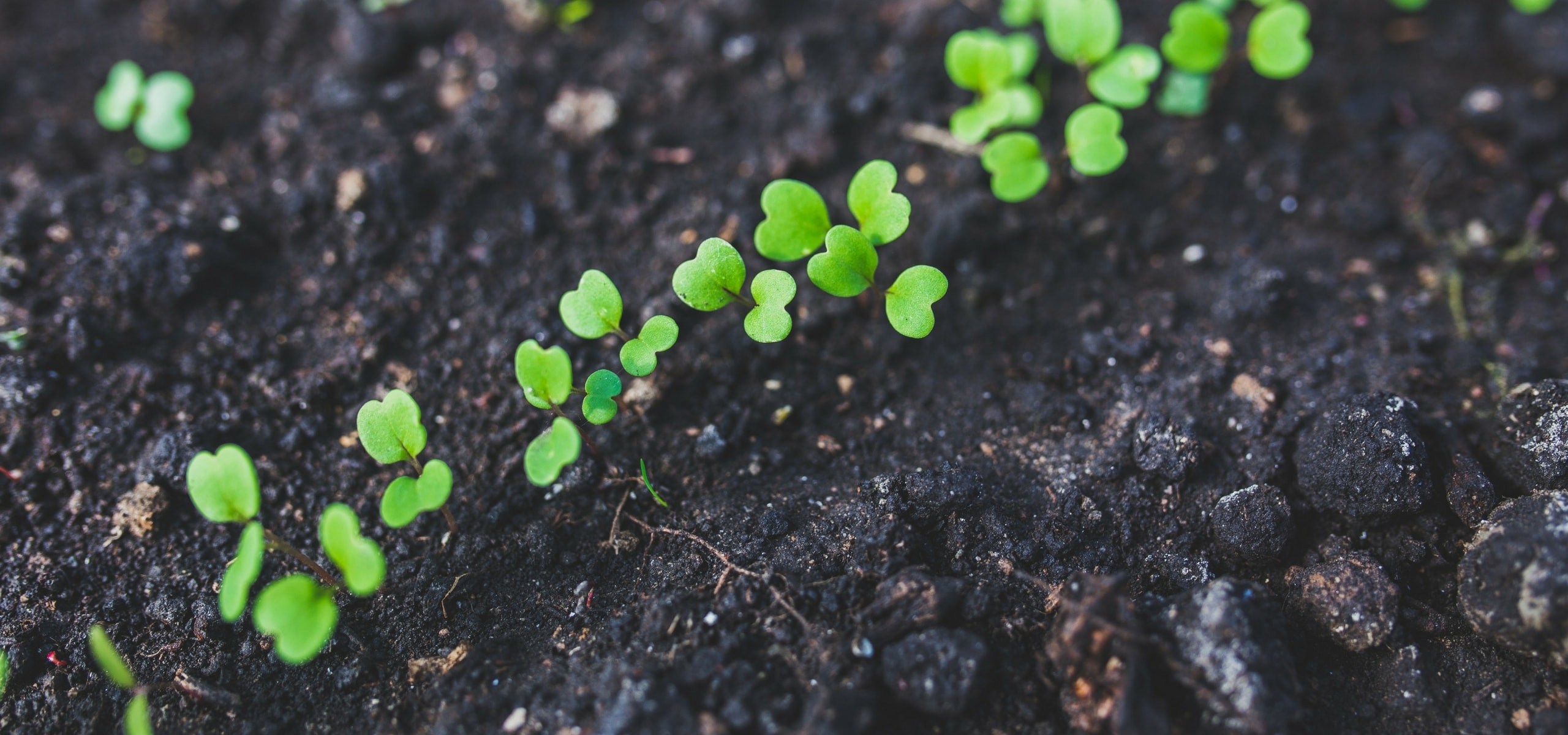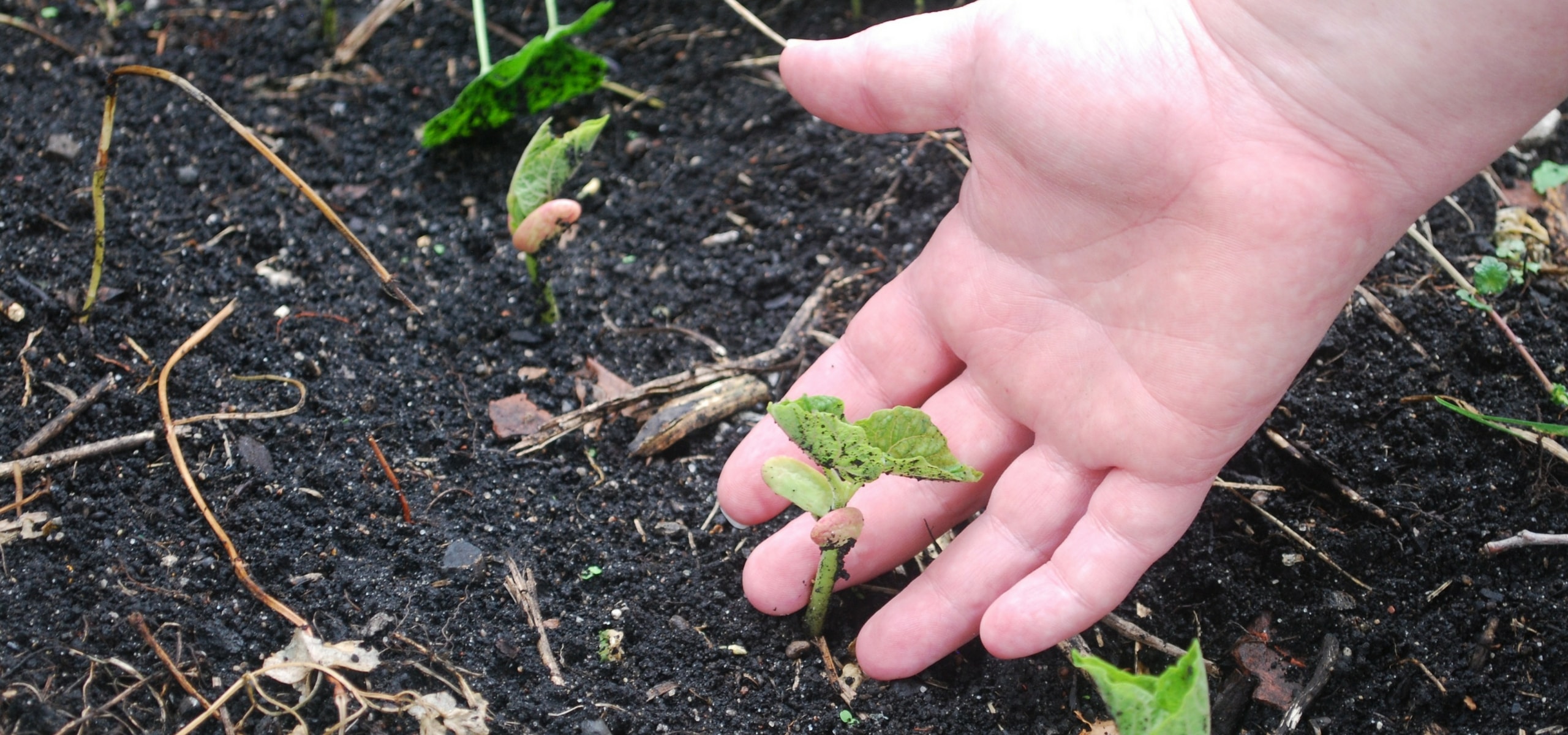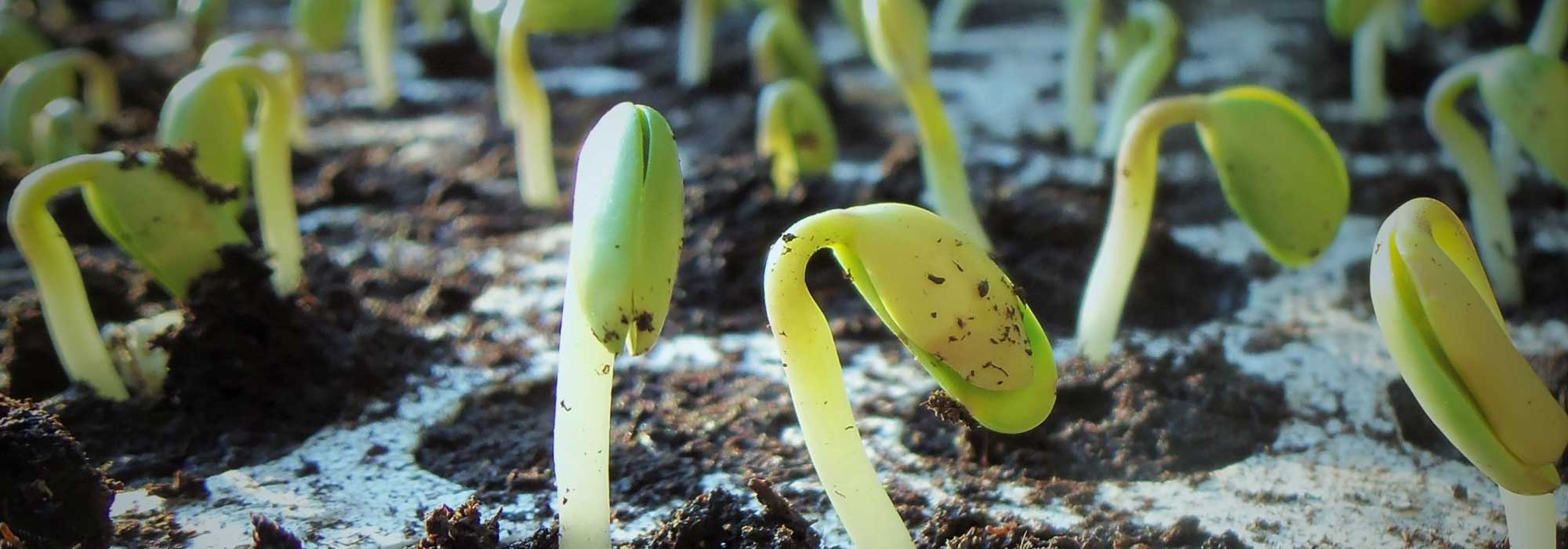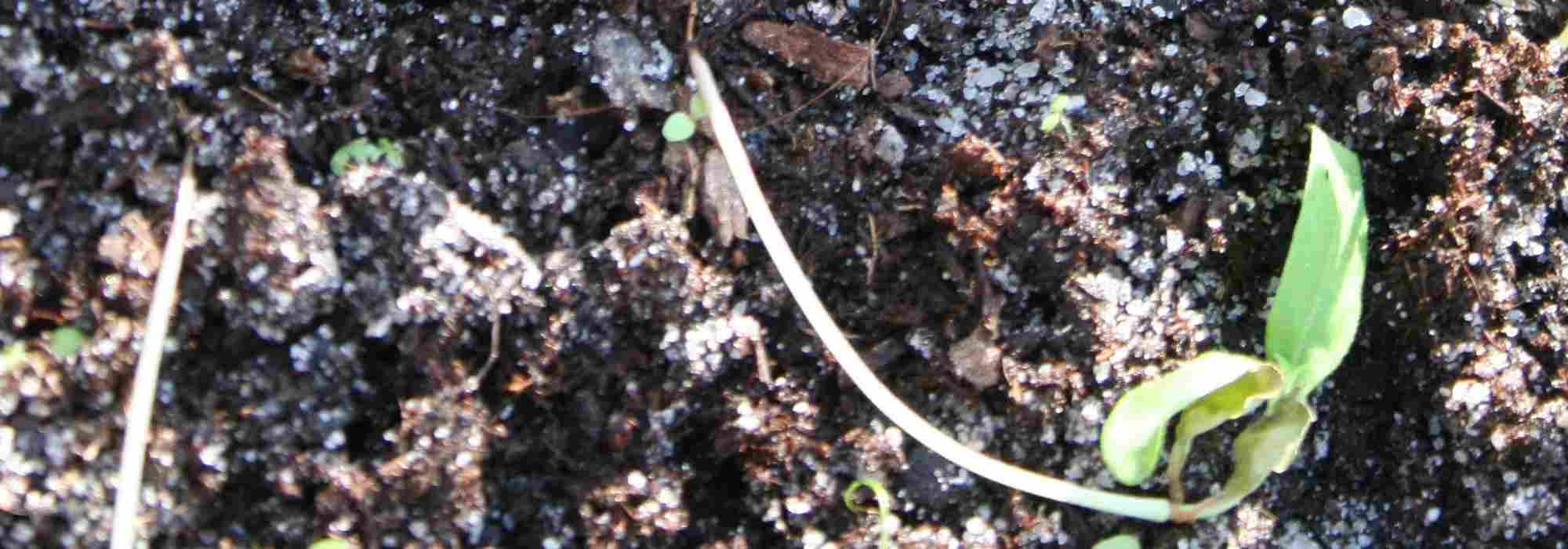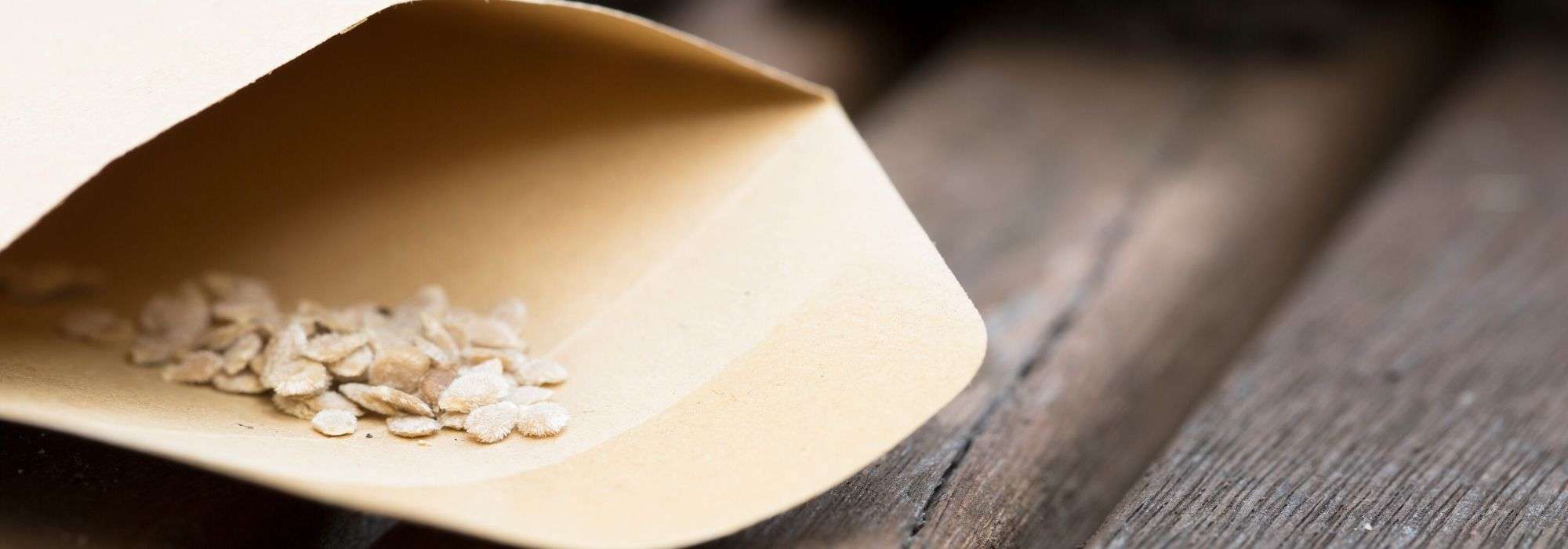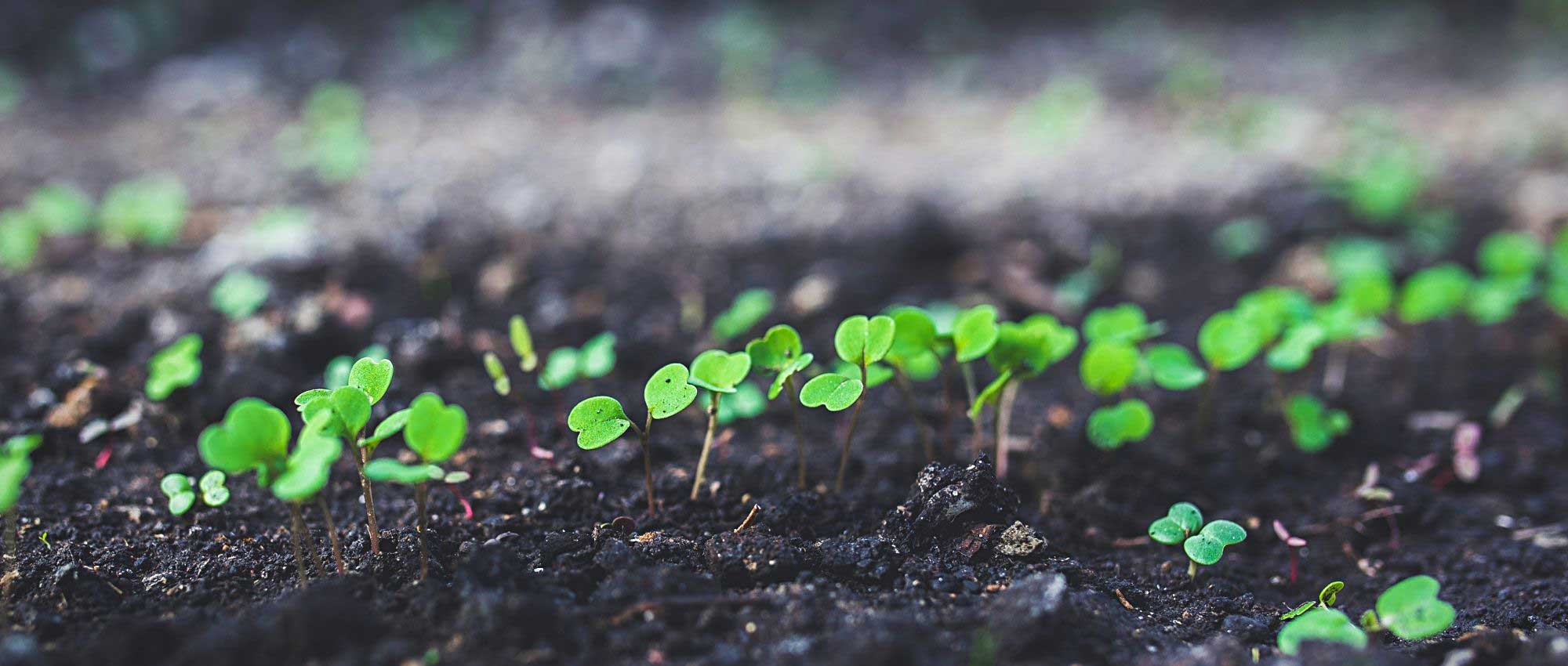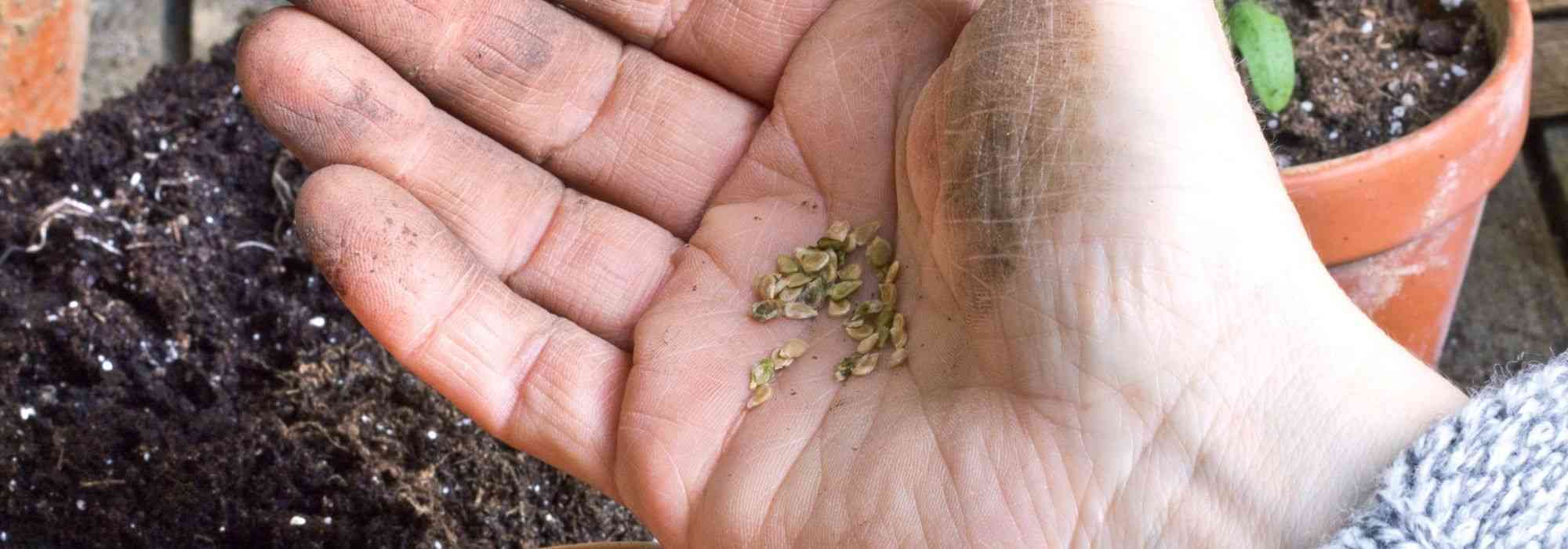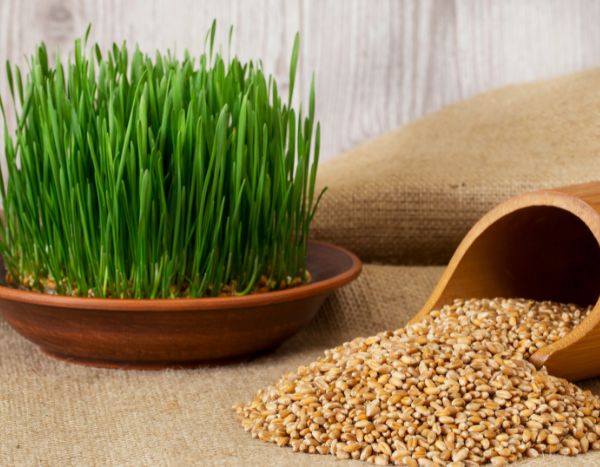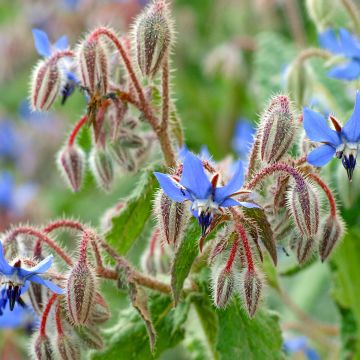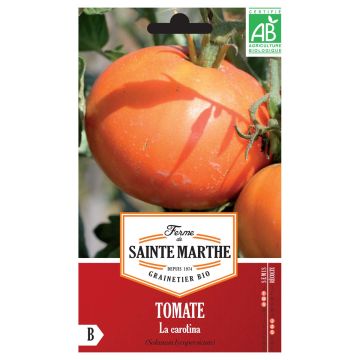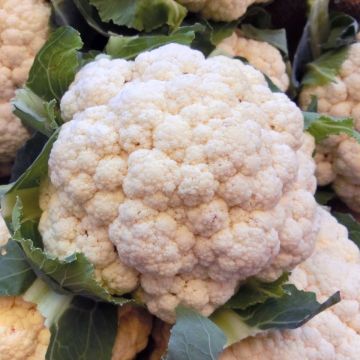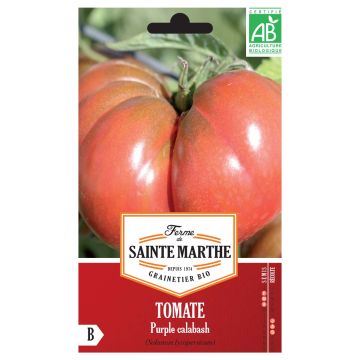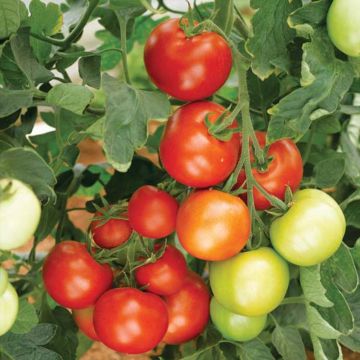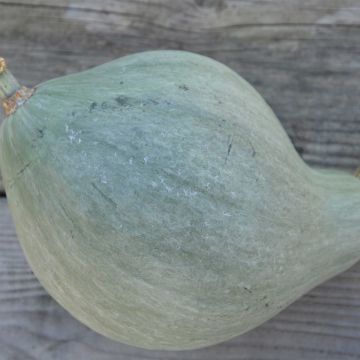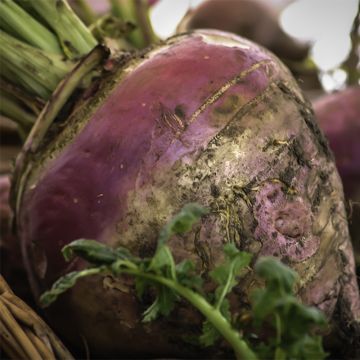Originating from Asia and the Middle East, beans are cultivated worldwide for their taste and nutritional virtues. Rich in carbohydrates, they are classified among starchy foods. The varieties are numerous, offering pods and grains of different sizes and colours, ranging from white to brown.
Beans can be consumed raw or cooked, but their preparation can be time-consuming: first, they need to be shelled, then the second skin of each grain must be removed. For a snack with salt, like radishes, it is preferable to harvest young, which avoids this additional step. Generally, 1 kg of fresh beans yields about 250 g of peeled beans.
Cultivation is simple, especially in poor, clayey, and moist soils, where it thrives particularly well. Undemanding Vicia faba does not need rich soils and tolerates cool temperatures, allowing sowing from February in most regions.
The harvesting of beans depends on how you want to consume them: young and raw, cooked, or dry. Fresh beans can be stored in the refrigerator for a few days, but can also be dried at room temperature or frozen.
Small gardening tip: beans often attract black aphids, which quickly invade the plants. To ward them off without using insecticides, a spray of water mixed with black soap (2 tablespoons per litre) is very effective.


































